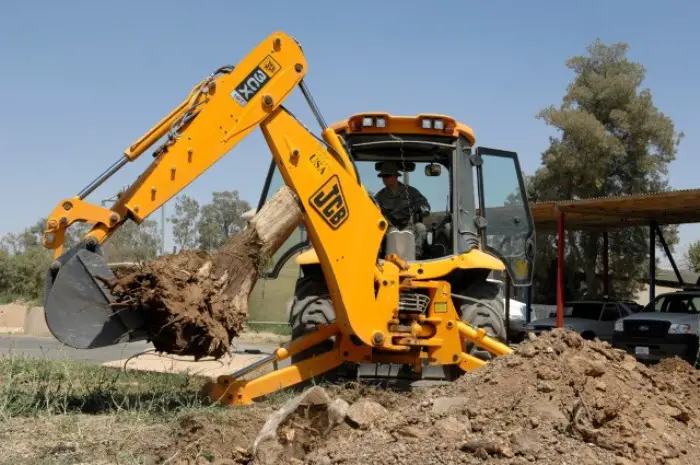As the African construction industry continues to record tremendous growth, the demand for heavy construction equipment is also on the rise. Buying a used construction equipment is a tricky process. One has to know exactly what components to look for before making the final decision. Here are seven tips to help you make the right decision.
1. Check the fluids
Fluids to look at comprise engine oil, transmission fluid, coolant, hydraulic fluid, and more.
Looking at a used construction equipment fluids will give you insight into not merely the present condition of the machine, but also how well it has been maintained over time.
Low or dirty fluids could be a caution flag that the earlier owner hasn’t kept up with a standard maintenance agenda while clues like water in the engine oil could be a sign of a much larger issue.
2. Operating hours
It is good to always ask how many hours the used construction equipment has operated for isn’t the sole factor you should consider when assessing a machine’s condition but, as with looking at miles when shopping for a car, it’s a good place to begin.
A diesel-engine machine can last into the tens of thousands of operating hours. If you think it may be pushing the upper limits of hours then you may want to do a quick cost/benefit calculation. This will help you to determine if the money you’re saving on an older machine is going to be worth the additional maintenance cost of taking care of something that may break down more often.
Always remember that regular maintenance is extremely essential. A machine with 1,000 operating hours that hasn’t been well maintained may be a worse buy than a machine with 15,000 hours.
Also Read: Purchasing a crushing and screening equipment
3. Maintenance Record
The most sure-fire way to know if a machine has been maintained at regular intervals is by looking at its maintenance records. How often were fluids changed? How often were small repairs needed? Has something gone critically erroneous with the construction equipment in its operating life? Look for clues that could indicate how the construction equipment has been used as well as how it’s been taken care of.
Note: records do not always make their way from each owner to the next so an absence of records shouldn’t necessarily be taken to mean that maintenance hasn’t been done.
4. Signs of wear
Any used construction equipment is always going to have some signs of wear so there is nothing wrong with dings and scratches.
Things to look for here are hairline cracks, rust, or damage that may lead to problems in the future or reveal an accident in the machine’s past. Any repairs you’ll need to do down the road will mean added costs and downtime where you can’t use your machine.
Tires, or undercarriage on tracked vehicles, are another excellent place to check. Keep in mind that both are expensive to replace or repair and can give you a lot of insight into how construction equipment has been used.
5. Engine exhaust
There is no better way to evaluate an engine than to turn it on and run it. How the machine runs when the engine is cold will tell you a lot about how well it’s been maintained.
Another tell-tale clue is the color of the exhaust smoke the engine produces. This can often reveal issues that you did not know existed. For instance, black smoke typically means the air/fuel mixture is too rich in fuel. This could be caused by a number of issues including faulty injectors or something as simple as a dirty air filter.
White smoke could signify that fuel is burning wrongly. The engine could have a faulty head gasket that lets water mix with the fuel, or there could be a compression issue.
Blue smoke means the engine is burning oil. This is likely caused by a worn ring or seal but could also be something as simple as an over-fill of engine oil.
